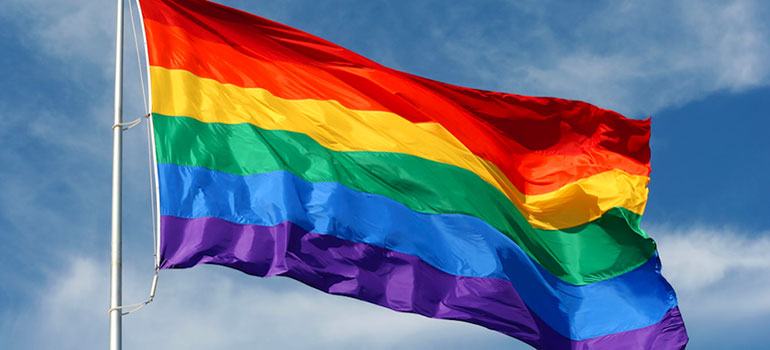LGBT Soccer Players
LGBT soccer players have been making a huge impact in the professional soccer world. From international superstars to up-and-coming talents, these athletes are changing the game and inspiring LGBTQ youth everywhere. They are paving the way for future generations of openly LGBT athletes to compete without fear of discrimination or prejudice.
Among them is Megan Rapinoe, an out lesbian who has represented the U.S. Women’s National Team since 2006 and won two Olympic gold medals as well as three CONCACAF Gold Cups. She has been an outspoken advocate for equal rights and inclusion, using her platform to bring awareness to issues concerning the LGBTQ community. She was also one of the first openly gay players in women’s pro soccer leagues worldwide, coming out publicly in 2012 after years of silence on her personal life.
Sports Prejudice
Sports Prejudice is an issue that has affected many athletes over the years, but one area that has been particularly impacted is LGBT soccer players. As the world’s most popular sport, soccer contains a variety of people from all walks of life. Unfortunately, due to significant prejudice and discrimination in sports, some athletes have had to face unfair treatment or even exclusion simply because of their sexual orientation.
LGBT representation in sports is growing every day and more men and women are being accepted for who they are without judgement or bias. However, it has not always been like this and many athletes have experienced homophobic abuse from teammates or fans throughout their careers. Transgender soccer players must confront additional challenges such as gender discrimination and unequal access to facilities.
LGBT Representation in Soccer
The fight for LGBT representation in sports is an ongoing battle, but as more and more players come out and publicly acknowledge their sexual orientations, the game of soccer has seen a rise in LGBT figures. Soccer is a sport with a traditionally macho reputation, yet within it there are several inspiring athletes who have broken the glass ceiling and spoken out against homophobia.
LGBT figures like Megan Rapinoe, who won the 2019 FIFA Women’s World Cup with Team USA, are breaking down barriers of representation in soccer. Rapinoe uses her platform to advocate for LGBTQ rights and speaks openly about her sexuality and gender identity on social media. She serves as an inspiration to many young people looking up to her as an example of strength and courage.
Impact of Positive Role Models
The impact of positive role models is undeniable, especially for those in the LGBT community. For example, many professional athletes have made a conscious effort to be vocal about their sexuality, like soccer players. This has allowed young people from all walks of life to see that they too can achieve greatness without compromising who they are.
Soccer players have always been a powerful force in the LGBT movement. From Megan Rapinoe and her unabashed celebration of her team’s victories to Collin Martin’s involvement with Athlete Ally – an organization dedicated to providing allyship and support for athletes, regardless of sexual orientation or gender identity – these individuals provide inspiration for countless others around the world. They demonstrate that it’s possible to not only succeed in a competitive industry but also stay true to one’s values and ideals.
Inclusive Team Policies
Inclusive team policies are essential for any community soccer team, particularly those that are welcoming to LGBT players. Such teams must have guidelines in place to ensure a safe and positive environment for all members regardless of their sexual orientation. Doing so not only promotes an atmosphere of acceptance, but also allows individuals to feel comfortable expressing themselves without fear of judgment or discrimination.
Having an inclusive policy on a soccer team is about more than just making sure everyone feels welcome and valued; it’s also about promoting respect and understanding between different types of people. This includes providing support for members who may be struggling with their identity or dealing with homophobic comments from other players. Additionally, teams should strive to create an environment where players can freely communicate their experiences and opinions without fear or retribution.
Cultural Change in Soccer Clubs
Cultural change is being seen in many soccer clubs across the world. In recent years, there has been a notable shift towards greater inclusivity and acceptance of LGBTQ players. This cultural change has allowed more individuals to feel comfortable playing the sport they love without fear of discrimination or prejudice.
There are numerous organizations focused on furthering LGBT rights in soccer, such as Rainbow Laces and Football v Homophobia. These organizations have helped promote a message of acceptance and safety for all players regardless of their gender identity or sexual orientation. Programs like these have also inspired teams to show their support for the LGBT community by wearing rainbow laces during games as well as offering guidance to coaches on how to create an inclusive environment for all.





